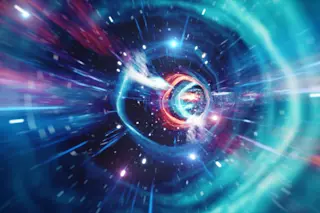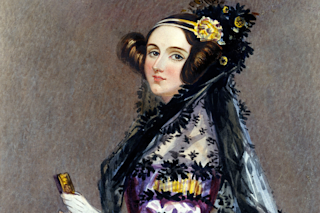Here’s a game: Ask a friend to give you any number, and you’ll return one that’s bigger. Just add “1” to whatever number they come up with, and you’re sure to win.
The reason is that numbers go on forever. There is no highest number. But why? As a professor of mathematics, I can help you find an answer.
First, you need to understand what numbers are and where they come from. You learned about numbers because they enabled you to count. Early humans had similar needs– whether to count animals killed in a hunt or keep track of how many days had passed. That’s why they invented numbers.
But back then, numbers were quite limited and had a very simple form. Often, the “numbers” were just notches on a bone, going up to a couple hundred at most.
How numbers evolved throughout the centuries.
As time went on, people’s ...














